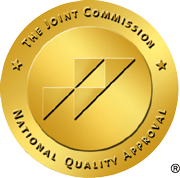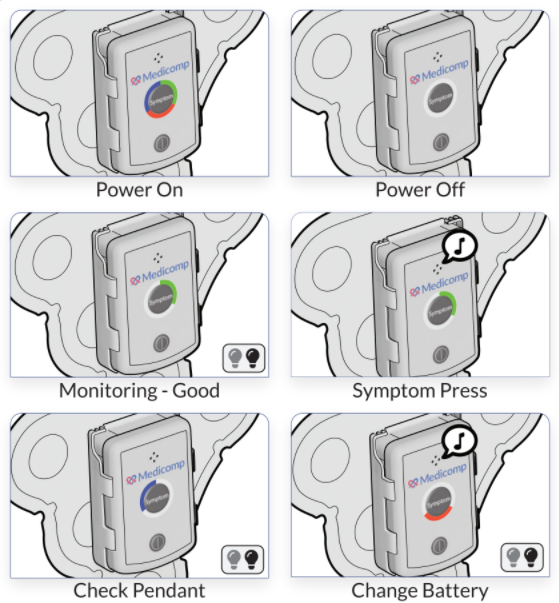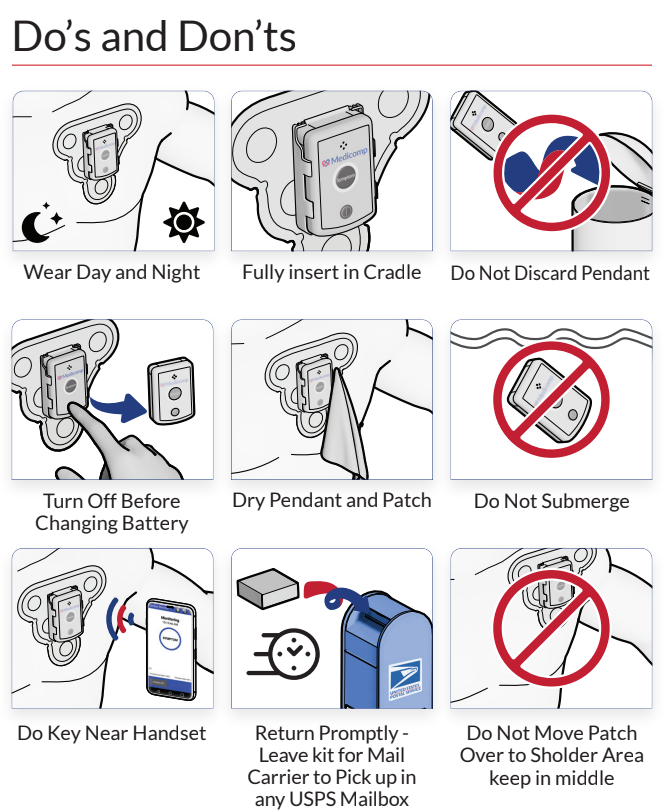Think of a program that will benefit patients, make your staff happier, and cause referrals to escalate. Sound enticing? What if the program was free? Treating patients with dignity and compassion costs nothing extra, but gives those patients a sense of value and, in their eyes, you become a healing superstar. Read the information below provided by your ambulatory cardiac monitor specialists, ReactDx, to learn more about treating with compassion.
Be Prepared
Taking a minute to read a patient’s chart before entering the examination room will prepare you for each visit and stimulate your memory pertaining to the patient outside the scope of diagnoses and prescriptions. Entering with a smile, handshake, and 30 seconds of small talk including a remark about your last meeting or a comment about the patient’s family will ease the patient into more serious conversations.
Learn to Listen
Learning to listen is extremely difficult, but patients have a lot on their minds and running over their thoughts with your rapid diagnosis belittles them. Instead, ask “What brings you here today?” or “Do you have any questions you thought up since your last visit?”, which opens the door to help them piece together their thoughts. Give patients up to half a minute before you jump in with your own thoughts. Again, patients feel anxious when they are in your office and it takes a while to open up.
When listening to a patient, try to maintain eye contact. If you are a note-taker, tell the patient beforehand that you want to write what they are saying, and ask if that is okay with them. Regardless, ensure the patient you are listening by paraphrasing what they say, nodding your head, or responding with “I understand” or “Correct.”
Medicine has become a series of insurance claims and legalities, but what drives most physicians to become doctors is the desire to help others. Sometimes this means the physical care of ailments and injuries, but other times it simply means to care for their emotional needs. A doctor with compassion for others will have patients that rave about him or her to friends, which leads referrals. Good bedside manner means the difference between a satisfied patient and one more likely to complain. Take a look at your current patient practices. Do you offer compassionate service? Try it for a week and see what feedback you receive from your staff as well as your patients. For more information, read ReactDx’s blogs and call the ambulatory cardiac monitor specialists at 800-23-HEART or contact us online for information pertaining to heart as well as heart-to-heart care.



